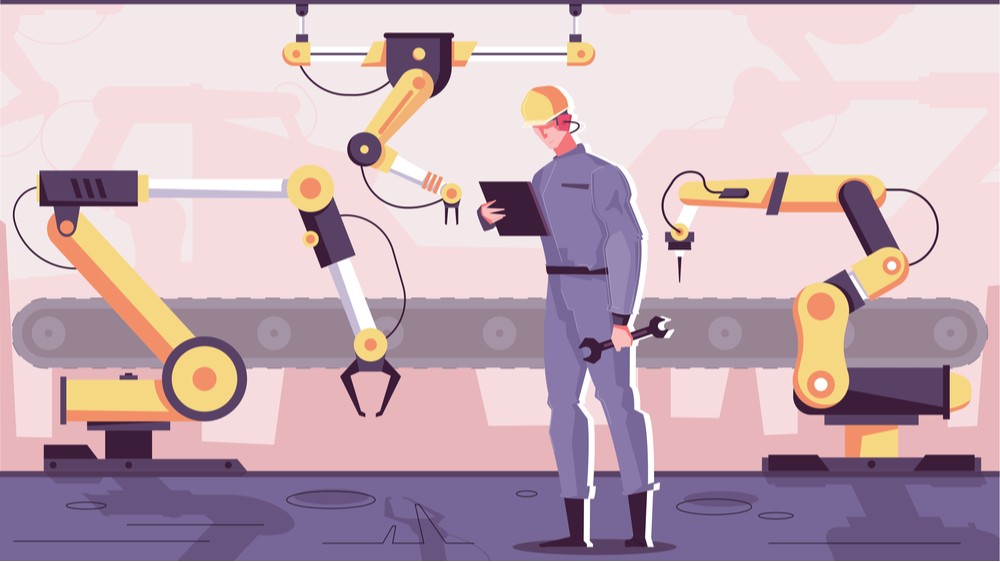How to Manufacture Remotely – Or as Close to Remote as Possible

A New Time in Working
As COVID-19 rages on across the country, companies are starting to consider long-term remote work solutions for their employees. And while plenty of white-collar employees are adapting to video conference meetings just fine, manufacturers face unique hurdles in establishing a remote workforce. It’s not that they can’t; it’s that factory operations are magnitudes more complex than office jobs. The level of integration needed between remote factory employees and those remaining in-house can make the shift to off-site positions seem more prohibitive than it actually is.
Despite the obstacles, manufacturers can and should begin looking into long-term remote work solutions for their workforce. Here’s how.
🔎 Identify remote work candidates
Not every manufacturing job needs to be on site. Although hands-on equipment jobs need to remain in-house (for now), many positions lend themselves to remote work. Every manufacturer needs to look at their workforce and identify candidates capable of working remotely. Examples include engineers with access to relevant product specs or data engineers with access to Internet of Things (IoT) data collection systems. Look at the people who could do their job (or a majority of it) off site and get them set up for remote work.
📶 Enable remote work through digital systems
Technology is the lynchpin for remote work. Without systems for collaboration, communication, data access, file sharing, and more, there’s no way to properly move employees off site. Evaluate your digital infrastructure and identify opportunities to close gaps. Do you have a business cloud with file sharing and data storage set up for remote access? Do you have project planning and collaboration apps? Is your computerized maintenance management system (CMMS) or digital data repository cloud-hosted? Evaluate the systems and digital architecture that will enable more of your people to work remote.
🔒 Maintain airtight cybersecurity
The number one concern in moving manufacturing staff off-site is cybersecurity. Every new remote access point to your manufacturing network is a potential vulnerability until it’s secured. Explore advanced authentication protocols, cybersecurity best practices, tiered credentialing practices and more. If your company doesn’t have a cybersecurity or digital architecture manager, it’s time to get one.

♟️ Install a dynamic operations strategy
As employees begin to work from home, critical workflows need to change. Mark can’t walk the maintenance reports down to Joe if Joe is working from home, for example. Identify ‘touchpoints’ in your workflows and reinvent these processes to account for off-site employees. In many cases, this means digitization. In other instances, it means creating new, complex processes to ensure continued quality control and oversight.
💼 Explore third-party partnerships
What aspects of your operations can you trim down and outsource to keep employees safer? For example, if you outsource part of your maintenance operations, you no longer need those employees in-house and on-site. Or, you might be able to eliminate stocking and parts by handing this off to a local on-demand supplier. Seek to leverage existing partnerships and make new ones as you explore ways to keep workers off-site, without interrupting operations.
⚙️ Adapt your workforce accordingly
At the center of an off-site migration is your workforce, who’ll be affected whether they’re going remote or remaining in-house. As you undertake these changes and shoulder the effort to migrate more of your behind-the-scenes manufacturing off-site, make sure you’re also introducing support systems for your employees. The quicker everyone settles into new modes of work and reimagined processes, the faster your factory will resume (or increase) productivity.
